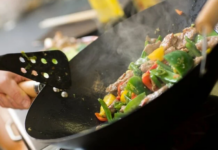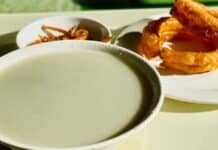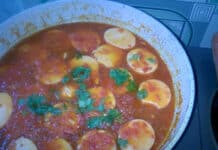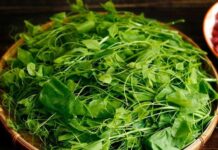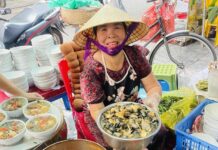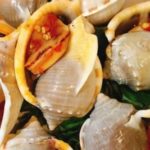
Garlic snails, scientifically known as *Tegula melaleucos*, are among the largest species of sea snails, with an average weight of 1 kg for 10 to 15 individuals. Their shells boast a pale pink hue, smooth and glossy at the top, while the bottom twists into a sharp point, resembling garlic cloves—hence their name. Local fishermen believe that when grilled, the snails emit a distinct garlic-like aroma, further justifying their moniker.
The snail’s opening is a vibrant orange, contrasting beautifully with the shell’s grayish-brown tones. Their striking appearance has made their shells popular in local seafood markets as handicrafts and souvenirs. Compared to other common snail species like moon snails or jumping snails, garlic snails stand out due to their larger size and distinctive shape, making them easily recognizable to visitors.
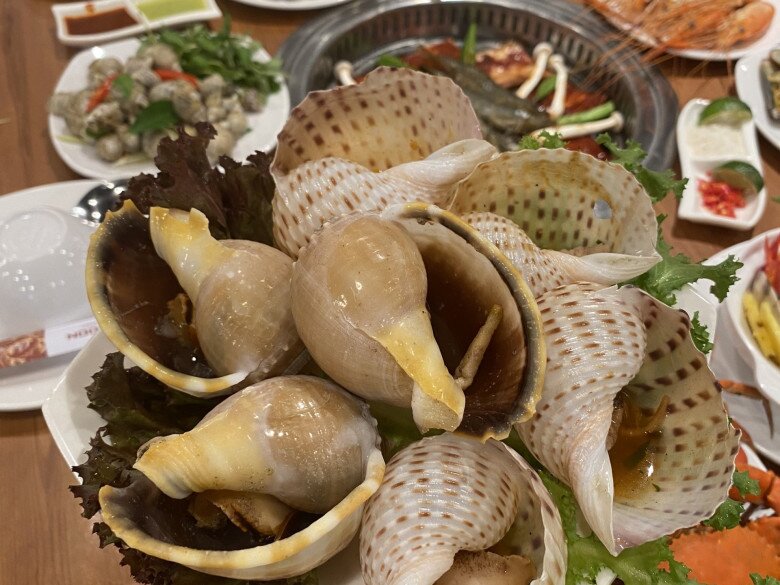
Garlic snails thrive in warm coastal waters, particularly in areas with coral reefs and clean sandy bottoms. In Vietnam, they are abundant in the South Central and Southwestern regions, including Nha Trang, Phan Thiet, Phu Quoc, Nam Du, and Ca Mau. These areas, known for their rich marine ecosystems, provide a year-round supply of snails for local fishing villages and seafood restaurants.
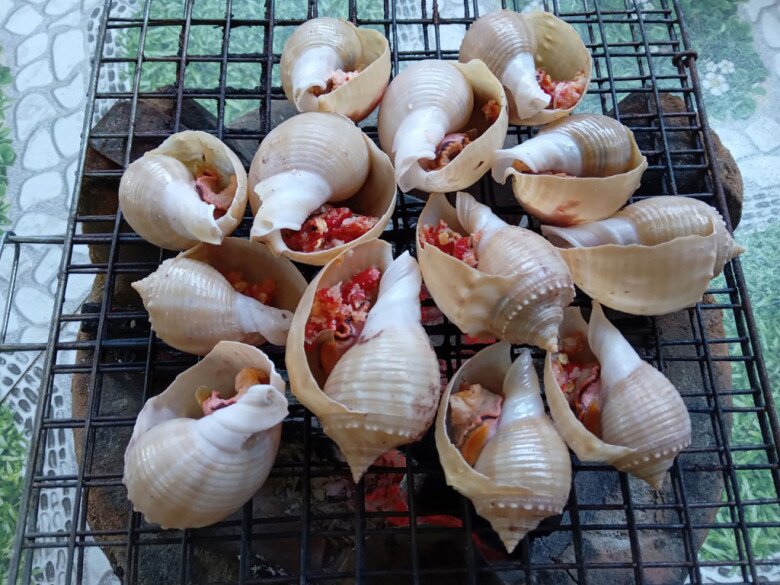
Beyond their delicious taste, garlic snails are highly nutritious. Their flesh, a delicate blend of white and pale pink, offers a crisp texture, a subtle sweetness, and a briny ocean flavor. Food enthusiasts rave about its chewy yet tender consistency, releasing a fragrant aroma with each bite. Nutritionally, these snails are rich in protein and calcium, along with essential minerals like zinc, iron, phosphorus, selenium, and vitamins A, B6, and B12. This makes them not only a culinary delight but also a health-boosting choice, supporting strong bones, radiant skin, and a robust immune system.
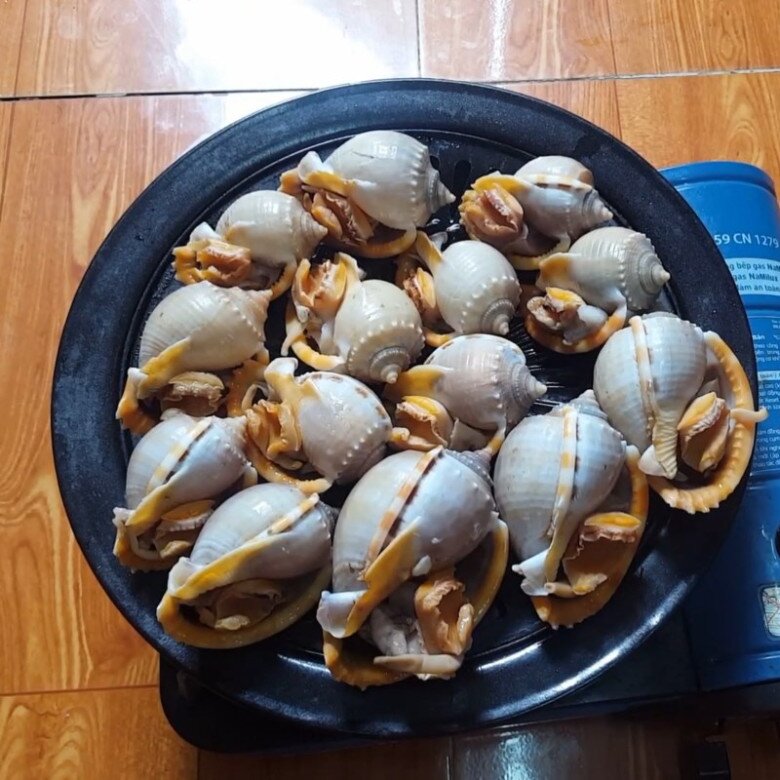
Chefs adore garlic snails for their versatility and compatibility with various seasonings. Grilled and steamed dishes are particularly popular. Garlic snails grilled with scallions and fat is a signature dish in seaside eateries across Phu Quoc and Nam Du. As the snails sizzle over charcoal, chefs drizzle them with fragrant scallion oil and sprinkle roasted peanuts, creating an irresistible aroma and flavor combination.
For those who prefer lighter fare, steamed garlic snails with lemongrass are a perfect choice. The fresh lemongrass masks any fishy odor, preserving the snail’s natural sweetness. Innovative variations include garlic snails grilled with chili salt, black pepper, stir-fried with butter, or sautéed with Vietnamese coriander. Recently, garlic snails stir-fried with cassava has emerged as a tantalizing newcomer to the snail cuisine scene.
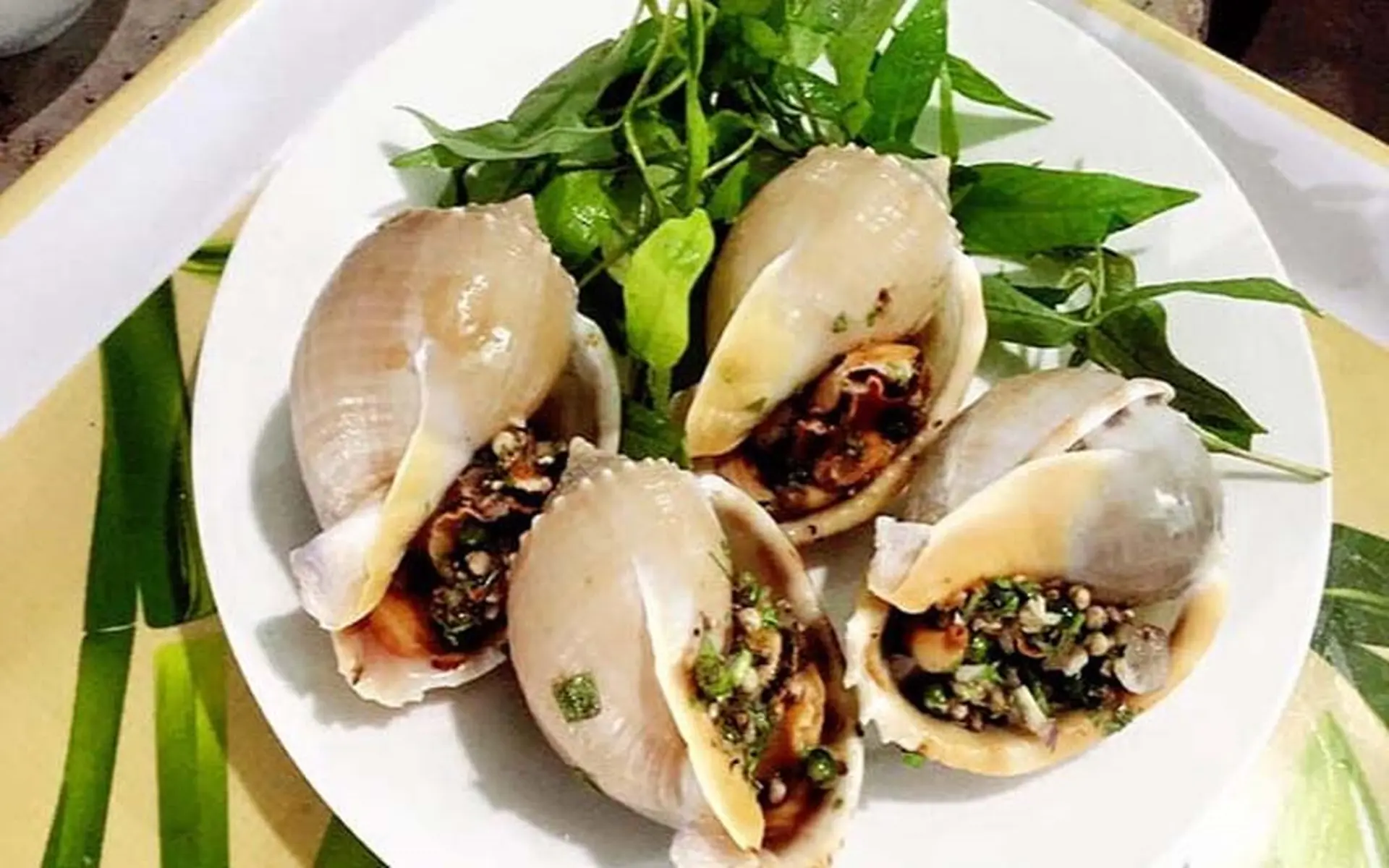
Preparing this dish requires meticulous care. Fresh snails are soaked in cold water with chili to remove sand, briefly blanched, shelled, and rinsed in diluted salt water. The meat is cut into bite-sized pieces and marinated with pepper, shallots, garlic, chili, ginger, and fish sauce. During stir-frying, chefs sauté garlic in oil, add the snail meat, tomatoes, and shallots, and thicken the sauce with a flour slurry. The dish is served garnished with crispy cassava, Vietnamese coriander, and red chili, paired with greens and dipping sauces for a visually stunning and delectable experience.
Due to their exquisite taste, nutritional value, and large size, garlic snails command a high price, ranging from 230,000 to 270,000 VND per kilogram. Prices vary based on size and freshness. Available in seafood markets and upscale restaurants, their increasing demand has led to overharvesting in many Vietnamese coastal areas, causing scarcity and higher prices. This has also resulted in the sale of snails with unclear origins or inferior quality.
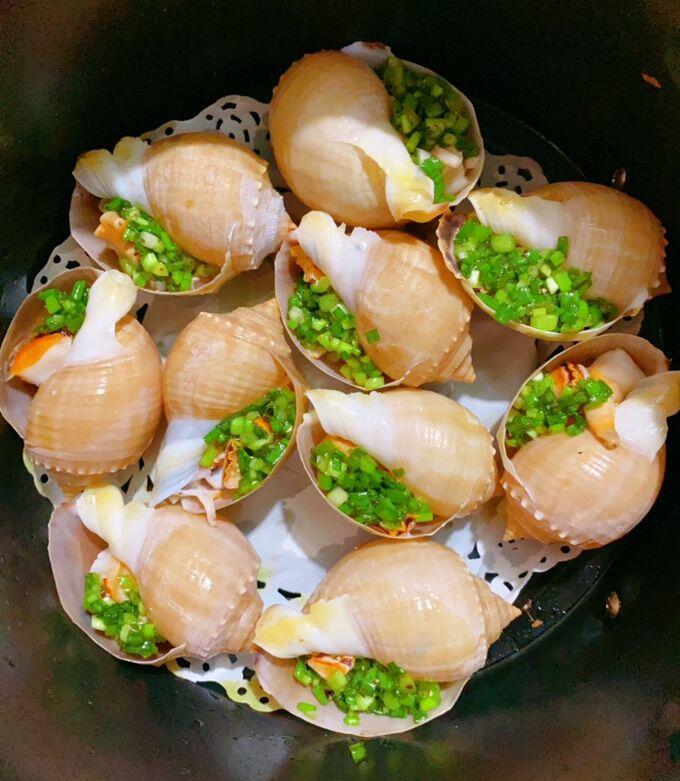
To ensure food safety and authentic flavor, consumers are advised to purchase snails from reputable sources with clear origins. Fresh snails should feel firm in their shells and retract when touched. Their scales should be tightly closed, emitting only a mild seafood scent. Avoid snails with soft, sunken meat or a foul odor, as these indicate spoilage.
Garlic snails are more than just a delicacy; they embody the cultural essence of Southwestern Vietnam’s coastal cuisine. For locals, they symbolize the ocean’s generosity and the fishermen’s skill. For visitors, they offer an unforgettable culinary experience, each bite telling the story of the land and its people.
Today, along the beaches of Phu Quoc and Nam Du, travelers often encounter small eateries serving aromatic grilled garlic snails. Sitting by the charcoal grill, listening to the waves, and savoring the tender, sweet snails fresh off the fire is an experience that captures the essence of the sea. This has elevated garlic snails from a simple seafood dish to a cherished memory of Southwestern Vietnam’s coastal culture.
From humble sea dwellers to culinary icons, garlic snails have become a source of pride for Vietnam’s coastal regions. Their unique flavor, nutritional richness, distinctive appearance, and diverse preparations not only enrich the local cuisine but also showcase Vietnam’s culture and people through every bite.







